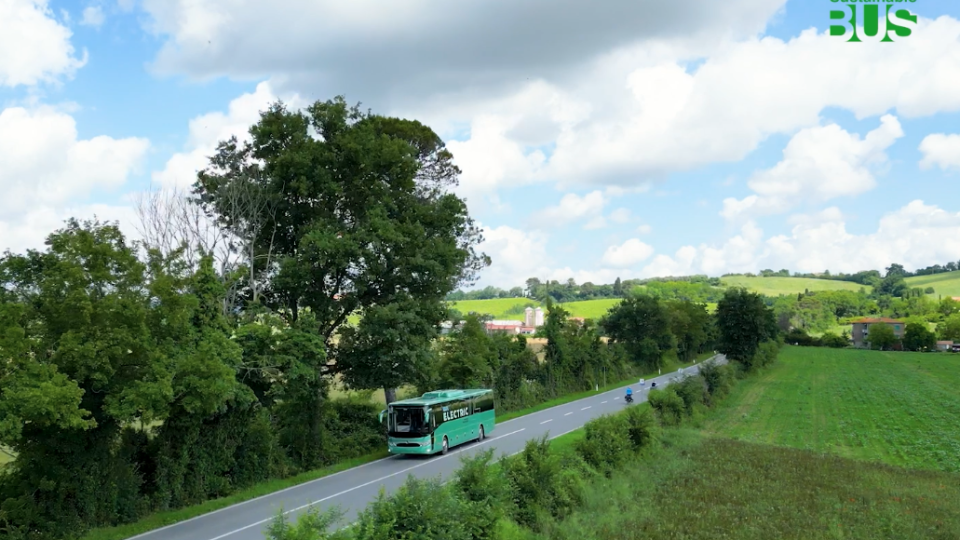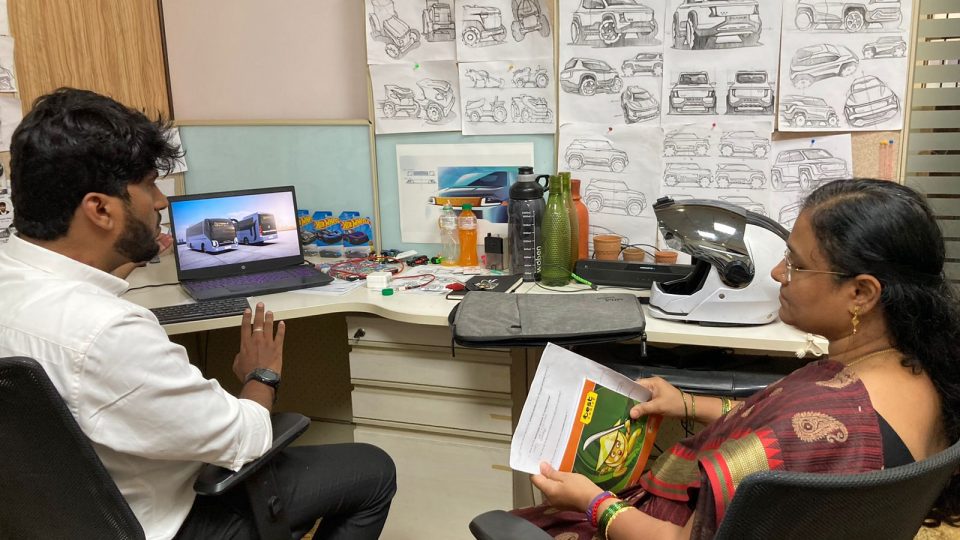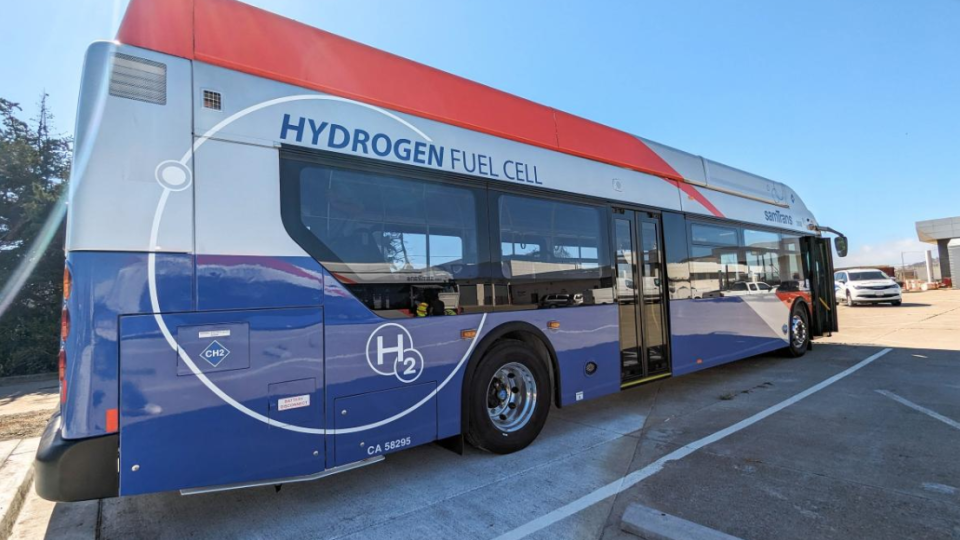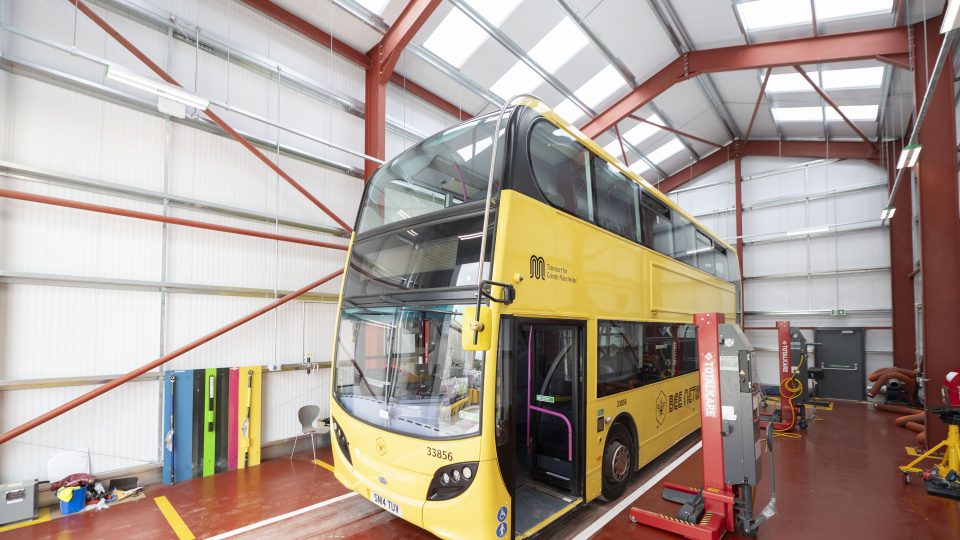Milan subway blue line kicks off
Milan’s Line 4 starts tomorrow. Saturday 26 November sees the inauguration of the first section of the ‘Blue’ line in Milan, from Linate Airport to Piazzale Dateo in the eastern area. The Dateo -San Babila section, with two stations, will presumably be inaugurated in spring 2023, while the opening of the entire line up to […]

Milan’s Line 4 starts tomorrow. Saturday 26 November sees the inauguration of the first section of the ‘Blue’ line in Milan, from Linate Airport to Piazzale Dateo in the eastern area. The Dateo -San Babila section, with two stations, will presumably be inaugurated in spring 2023, while the opening of the entire line up to San Cristoforo is planned for 2024. Line 4, the fifth line of the Milan metro network, is an important east-west diametral linking the densely populated south-west area of the city with the city centre and Linate City Airport, for the first time touched by a rail link. From 2023 it will be possible to reach Linate from the centre of Milan in 15 minutes, which gives an idea of the competitiveness of this specific mode of transport.
A new subway for Milan
The line, which can be considered a ‘fully automated light metro’, in fact uses the construction and operating technology of Line 5 (‘lilla’ line) in operation since 2015, the first driveless line (without a driver on board), as is already the case for Line 1 of the Turin metro, Line C in Rome and some lines of the RATP in Paris. The stations will be similar in type and size to those on Line 5, the platforms will be 50 metres long, allowing a four-piece train to stop, and similarly equipped with automatically opening platform doors at the train doors. A capacity of approximately 25-28,000 passengers per hour per direction is expected, with trains passing every 90 seconds (reducible to 75). The driveless technology is the same as that applied on Line 5.
The first section departing tomorrow, 5.7 long, will have 6 active stations: Linate, Repetti, Forlanini FS, Argonne, Susa, Dateo. Passengers will be able to interchange with the lines of the passante ferroviario, at the Forlanini station, at Susa with the 90/91 circular trolleybus line, at Dateo with the Dateo station of the passante and with the 92 trolleybus line, as well as, of course, other car lines in the area. All stations are equipped with escalators and lifts. The frequency of the trains will be every 3-5 minutes, and in the first period the service will run from 6 am to 9 pm.

The entire line will be 15 km long with 21 stations, and extensions are already planned, the first from Linate to Segrate, to be activated by 2026. When fully operational, the fleet will consist of 47 trainsets, built by Hitachi Italy, and completely similar to the 21 trainsets already in operation on Milan’s Line 5 (with some differences in the internal layout) and the trains of the Brescia and Copenhagen metros.
The trainsets, articulated with four aluminium bodies, have two doors on each side per body, are 50.900 metres long, and can accommodate up to 600 passengers, 40 of whom are seated. The power supply is by third rail at 750 V, as on lines 1 and 5, the track gauge is 1435 mm. , the maximum speed that can be reached in operation.
On board the train and in each station there are cameras and intercoms to communicate directly with the staff, who constantly monitor all areas of the M4 from the control room, from where the service management activities take place: from here the running of the trains is supervised, all information and passenger flow is managed, and the travelling agents and all the staff are coordinated, especially in the
The trains will be maintained for the time being in the provisional workshop in Linate, while waiting for the San Cristoforo depot to be reached.
The construction of the line has entailed the redevelopment of part of the surface areas, with new gardens, green areas and cycle paths now available to citizens.
With the opening of line 4, Milan’s metro network will extend to 116 km, with 138 stations.








